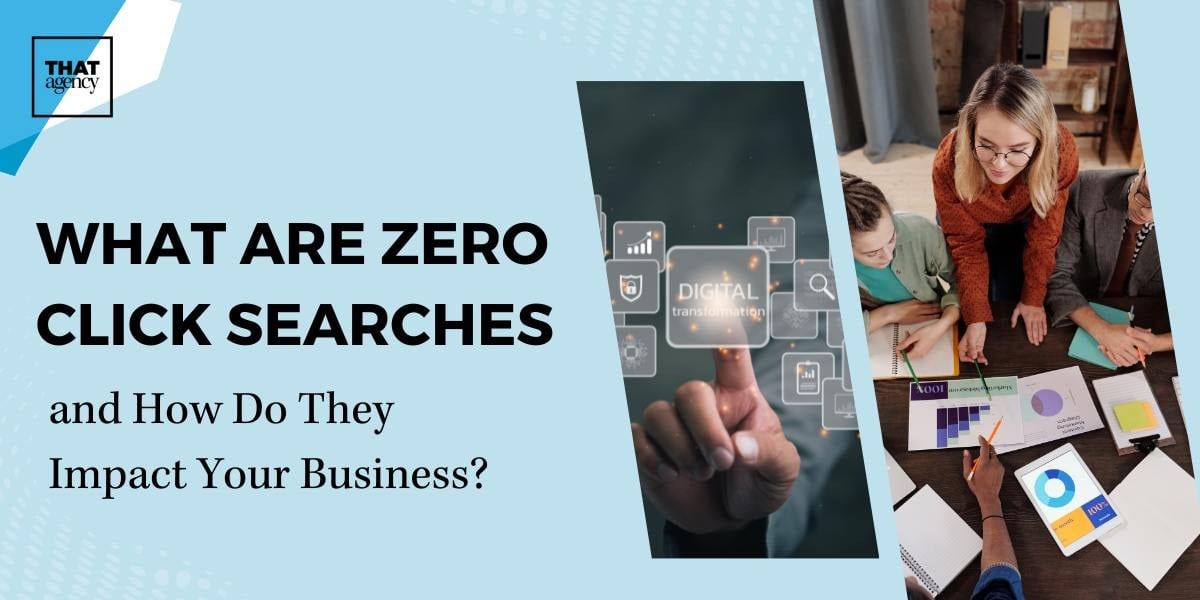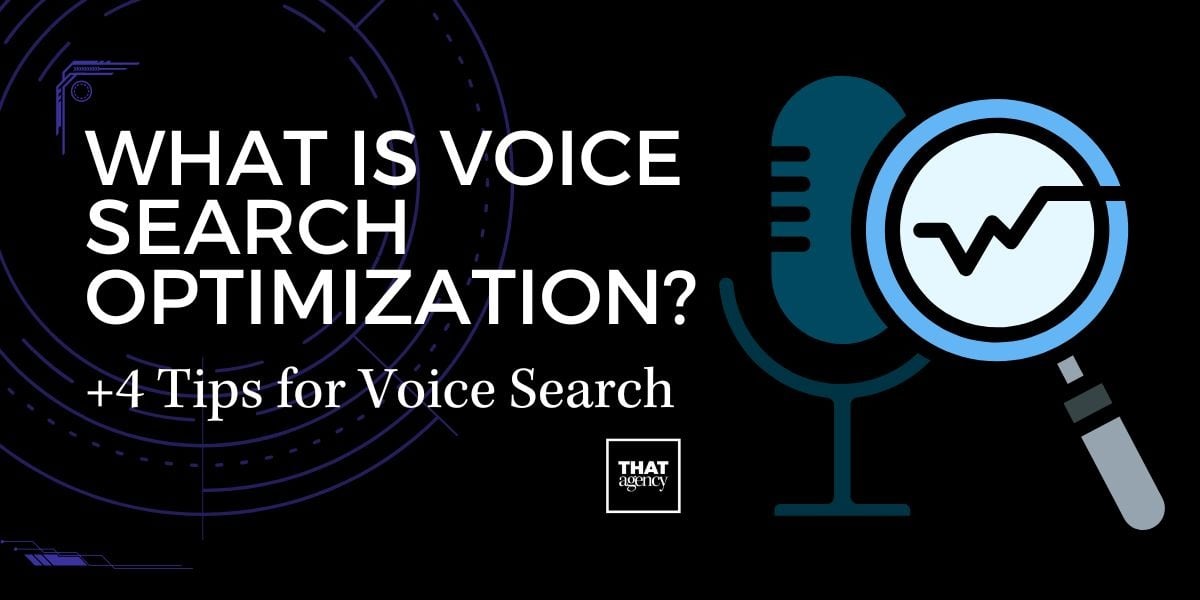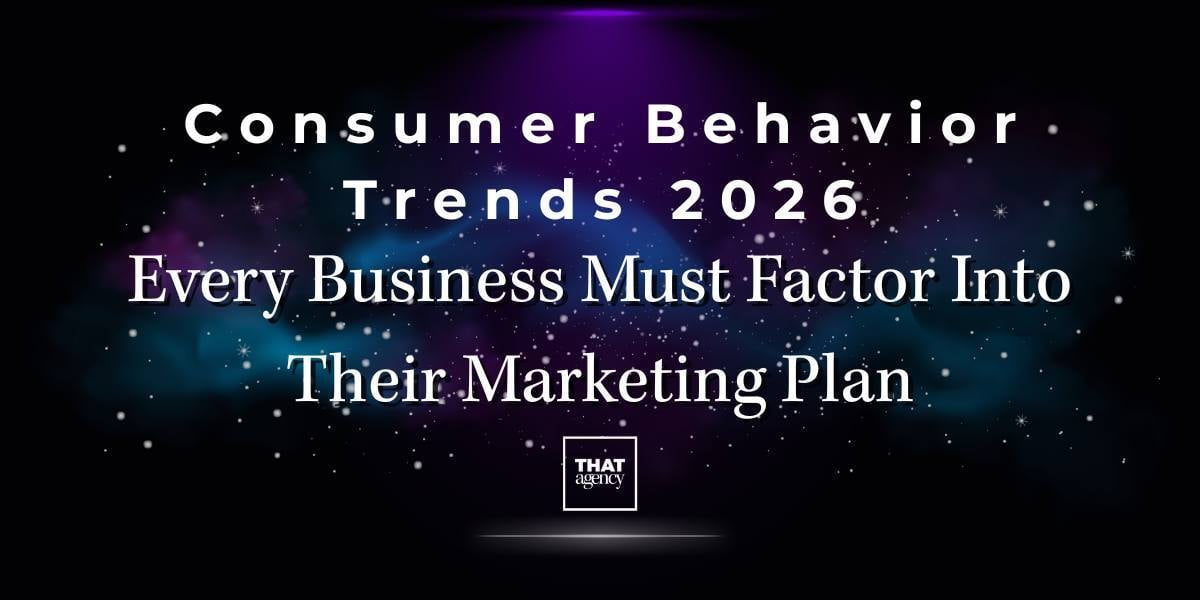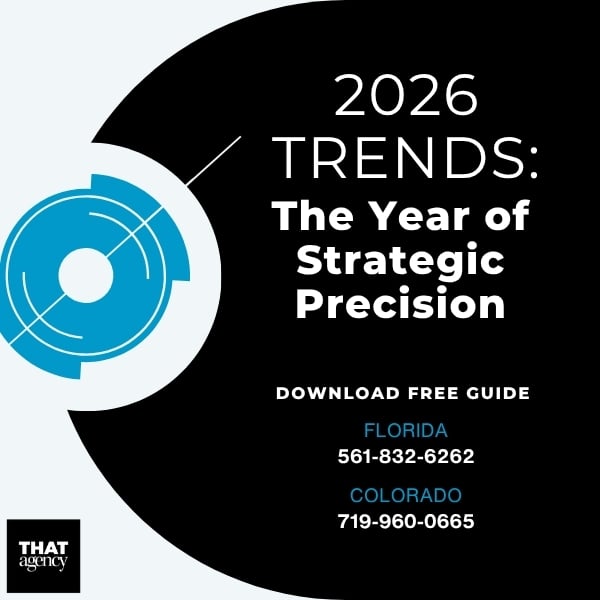The world of digital marketing keeps changing, and content marketing trends are moving faster than ever. Every day, 7.5 million blog posts go live on the internet. That's a lot of competition for your audience's attention. But don't worry - we've got your back. These five content marketing trends are the ones that really matter right now. They're the difference between brands that grow and brands that get forgotten in 2025.
Artificial intelligence isn't just a cool tech toy anymore. It's become a real part of how content teams work. 90% of content marketers plan to use AI to help with their content in 2025. That's a huge jump from just a few years ago. But here's the thing - the magic happens when AI and humans work together, not when AI tries to do everything alone.
Here's why this matters: content created by AI and humans working together ranks 24% higher in search results than content made by humans alone. But pure AI content? It gets 41% fewer shares on social media compared to human-written content. This tells us something important - people still want that human touch.
Smart content creators use AI to do the heavy lifting. They let AI handle research, create outlines, and write first drafts. Then humans jump in to add personality, check facts, and make sure everything sounds right for their brand. 71.7% of content marketers use AI for outlining, 68% use it for brainstorming ideas, and 57.4% use it for writing drafts. But the best teams know AI is like a really good assistant - helpful, but not the boss.
Start by letting AI handle the boring stuff. Use it to research competitors, find keywords, and create content outlines. This frees up your team to do what humans do best - add unique insights, share personal experiences, and make sure your brand voice shines through.
Think of it like cooking. AI can gather all the ingredients and even suggest a recipe. But you're the chef who adds the special seasoning, adjusts the flavors, and makes sure the final dish tastes amazing.
Video content has become the king of engagement, and short videos are leading the charge. Short-form videos have the highest ROI of all social media content. TikTok ads are 21% more likely to start trends compared to ads on other platforms. This shows just how much influence these quick videos have on what people watch and buy.
But here's something that might surprise you: 84% of people say they've been convinced to buy a product or service by watching a brand's video. That's massive! Plus, search engines like Google absolutely love videos. If your website has good videos, it's much more likely to show up higher in search results.
What makes short videos so powerful? They give people exactly what they want in today's busy world - maximum value in minimum time. Think about how you use your phone. You're probably scrolling through content while waiting in line, during commercial breaks, or between meetings. People, especially younger ones, love content they can watch quickly between other activities.
This shift has completely changed how brands tell stories. The old days of long, drawn-out marketing videos are mostly over. Now you have to be creative and get to the point fast. But don't worry - this actually makes your content better because it forces you to focus on what really matters.
Here's what's driving this trend:
Let's talk about why this matters for your business. The statistics around short-form video are pretty incredible:
What's really interesting is that video isn't just popular - it's becoming essential. Platforms are changing their algorithms to favor video content, which means if you're not creating videos, you're fighting an uphill battle for visibility.
The smartest blog content strategy now includes video as a core component, not just an add-on. Here's how successful brands are doing it:
Content Repurposing Strategy: Brands take their blog posts and turn them into multiple short videos for different platforms. This way, one piece of content works harder and reaches more people. For example, a 2,000-word blog post about "How to Start a Garden" might become:
Platform-Specific Adaptations: Smart brands don't just post the same video everywhere. They adapt their content for each platform:
Q: How short is "short-form" exactly? A: It varies by platform, but generally:
Q: Do I need expensive equipment to make good short videos? A: Not at all! Your smartphone is probably enough to get started. Good lighting (even just natural light from a window) and clear audio matter more than expensive cameras. Many successful brands create their short-form videos entirely on mobile devices.
Q: What if I'm not comfortable being on camera? A: You don't have to be the star of your videos. You can create successful short-form content using:
Q: How often should I post short-form videos? A: Consistency matters more than frequency. It's better to post one quality video per week consistently than to post daily for two weeks and then disappear. Most successful brands post 3-5 short-form videos per week across all platforms.
The first three seconds of your video are absolutely everything. That's when people decide to keep watching or scroll away. Research shows that 65% of viewers will watch at least 75% of a video if they make it past the 3-second mark.
Here's how to nail those crucial opening seconds:
Hook Strategies That Work:
Visual and Audio Elements:
Try creating video series that go with your written content. Break down big topics into small, easy-to-digest pieces. This approach has multiple benefits:
For Your Audience:
For Your Business:
Wondering what to actually create? Here are proven short-form video formats that work across industries:
Educational Content:
Behind-the-Scenes Content:
Customer-Focused Content:
Trending and Timely Content:
Don't just post and hope for the best. Track these key metrics to understand what's working:
Engagement Metrics:
Business Impact Metrics:
The key is to test different approaches and double down on what works for your specific audience. What works for one business might not work for another, so pay attention to your own data rather than just following general best practices.
Remember, short-form video isn't just a trend that will fade away. It's become a fundamental part of how people consume content online. The brands that master this format now will have a huge advantage as the trend continues to grow.
With so much AI-generated content flooding the internet, people are hungry for real, authentic stories. Experience-based content that shows what you actually did and what happened is the best way to build trust with your audience. This is a big shift from generic, researched content to real experiences and proven results.
Businesses that share their actual processes, real results, and behind-the-scenes insights build stronger connections with their audiences. This works because it gives people something AI can't copy - genuine human experience and honest perspective.
The best experience-based content includes specific numbers, real screenshots, actual outcomes, and honest talk about what worked and what didn't. This honesty builds trust and helps establish you as a leader in ways that generic content just can't.
Document what you're doing as you do it. Take screenshots of real results. Share both your wins and your failures. People appreciate honesty and learn more from real experiences than from theoretical advice.
Think about creating case studies that follow your actual projects from start to finish. Include the problems you ran into and how you solved them. This type of content becomes incredibly valuable for people facing similar challenges.
Personalization has gone way beyond just putting someone's name in an email. Personalized content is expected to boost online sales by 40% by 2028. This makes it a must-have part of any successful content strategy. But here's what's really exciting: 91% of consumers are more likely to shop with brands that provide relevant offers and recommendations.
Modern personalization uses smart data analysis to create content that feels like it was made just for each person. Think about how Netflix recommends shows you actually want to watch, or how Amazon suggests products you're genuinely interested in. That's the level of personalization people now expect from all brands, not just the tech giants.
The days of one-size-fits-all marketing are over. Today's consumers are bombarded with thousands of marketing messages every day. The only way to break through that noise is to make your content feel personally relevant to each person who sees it.
Here's what's driving this shift:
The numbers tell a compelling story about why personalization matters:
The best brands use information about their customers, how they behave online, and AI-powered insights to create content that feels custom-made while still being produced efficiently. This requires a blog content strategy that thinks about different types of customers, where they are in their buying journey, and what kind of content they prefer.
Beyond Basic Demographics: Advanced personalization goes way beyond knowing someone's age or location. It looks at:
Dynamic Content Examples: Here's how sophisticated personalization works in practice:
Not all personalization is created equal. Here's how to think about the different levels and what each one can do for your business:
Level 1: Basic Segmentation
Level 2: Behavioral Personalization
Level 3: Predictive Personalization
Level 4: Real-Time Personalization
Q: Isn't personalization creepy? Won't customers feel like I'm spying on them? A: It's all about being transparent and providing value. People are happy to share information if they get something useful in return. Always:
Q: Do I need expensive technology to personalize content? A: You can start simple and build up. Basic personalization can be done with:
Q: How much personal information do I actually need? A: Less than you might think. You can create effective personalization with:
Q: What if I get the personalization wrong? A: Start small and test everything. Wrong personalization is usually better than no personalization, but here's how to minimize mistakes:
Start by mapping out your customer's journey and figuring out the key moments where personalized content can make the biggest difference. Think about it like this: when is someone most likely to need specific information or make a decision? Those are your personalization opportunities.
Step 1: Identify Your Personalization Opportunities
Look for moments in your customer journey where the right content could make a big difference:
Step 2: Gather the Right Data
You don't need to know everything about your customers, just the information that helps you serve them better:
Essential Data Points:
Nice-to-Have Data Points:
Step 3: Create Content Variations
Set up systems that can show different versions of your content based on how users behave, what they prefer, and how they've engaged with you before. Start with simple variations and build complexity over time:
Website Personalization:
Email Personalization:
Content Personalization:
You don't need a huge budget to get started with personalization. Here are tools that businesses of different sizes can use:
For Small Businesses (Under 100 customers):
For Medium Businesses (100-1,000 customers):
For Large Businesses (1,000+ customers):
How do you know if your personalization efforts are working? Track these key metrics:
Engagement Metrics:
Conversion Metrics:
Customer Satisfaction Metrics:
Ready to dive in? Start with one simple personalization project that you can implement quickly and measure easily:
Option 1: Email Welcome Series Create different welcome email sequences for different types of new subscribers:
Option 2: Website Homepage Show different homepage content based on how people found your site:
Option 3: Content Recommendations Add "You might also like" sections to your blog posts based on:
The key is to start small, measure results, and gradually expand your personalization efforts based on what works best for your specific audience and business goals.
Remember, personalization isn't about showing off how much you know about your customers. It's about using that knowledge to provide more value, solve problems faster, and create experiences that feel genuinely helpful rather than just sales-focused.
Community-driven content represents a big shift in how brands think about content creation. User-generated content (UGC) is taking center stage as brands realize their customers often create the most authentic and convincing content.
This goes beyond just asking for reviews or social media posts. The most successful brands build real communities where customers become active content contributors. They share experiences, insights, and recommendations that carry more weight than traditional marketing messages.
Community-driven content works because it bridges the trust gap between brands and consumers. When real customers share genuine experiences, it creates social proof that no amount of polished marketing content can match.
Focus on creating platforms and opportunities for your customers to share their experiences naturally. This might include customer spotlights, campaigns where users create content, or community forums where customers help each other.
Engage authentically with community content by responding, sharing, and amplifying customer voices. Your goal is to become someone who facilitates conversations rather than the only voice in your content world.
Understanding these content marketing trends is just the beginning. Success comes from strategic planning and consistent execution. The brands that will succeed in 2025 are the ones that can adapt quickly while staying focused on what their audience really needs.
These trends work best when you combine them rather than use them separately. For example, AI-human hybrid content becomes more powerful when you mix it with real experience and community insights. Short videos get more impact when you personalize them for specific audience groups.
The secret to success is testing, measuring, and improving your approach based on real results, not guesses. 74% of the most successful marketers say their content strategy works extremely well, compared to just 2% of the least successful ones. This shows how important strategic implementation really is.
Set up clear ways to measure each trend you try. This might be engagement rates for video content, conversion rates for personalized content, or how much people participate in your community content.
Use data to understand which combinations of trends work best for your specific audience and business goals. The most successful content strategies keep evolving based on what the numbers tell you and how your audience's preferences change.
These five content marketing trends are more than just temporary changes. They show fundamental shifts in how people find, consume, and engage with content. Businesses that embrace these trends while focusing on providing real value will build stronger relationships with their audiences and get better results.
The future belongs to brands that can balance new technology with human authenticity. They create personalized experiences efficiently and build genuine communities around their content. By putting these trends into action strategically and measuring results consistently, your business can stay ahead of the competition while delivering real value to your audience.
Ready to put these cutting-edge content marketing strategies to work for your business? THAT Agency specializes in creating comprehensive digital marketing solutions that combine the latest trends with proven strategies to drive real results. Contact us today to discover how we can help transform your content marketing approach and accelerate your business growth.

What are Zero Click Searches and How Do They Impact Your Business?

What is Voice Search Optimization? +4 Tips for Voice Search

Leveraging Predictive Analytics Marketing for Smarter Decisions

Consumer Behavior Trends 2026 Every Business Must Factor Into Their Marketing Plan
.jpg)
AI Image Generation for Marketers: What’s Possible and What to Avoid
700 S. Rosemary Ave.
Suite 204-707
West Palm Beach, FL 33401
P: 561.832.6262
F: 561.832.7707

